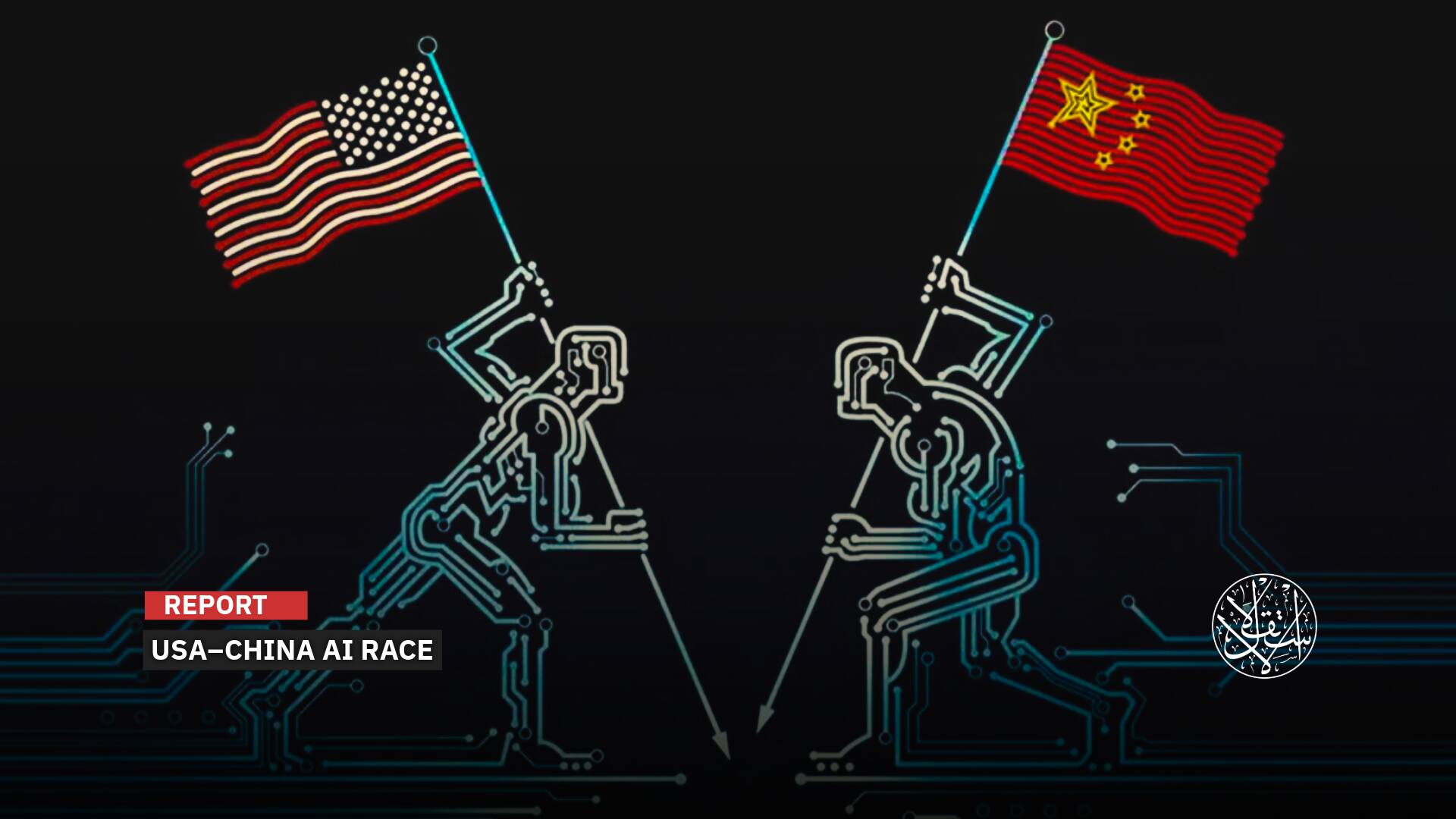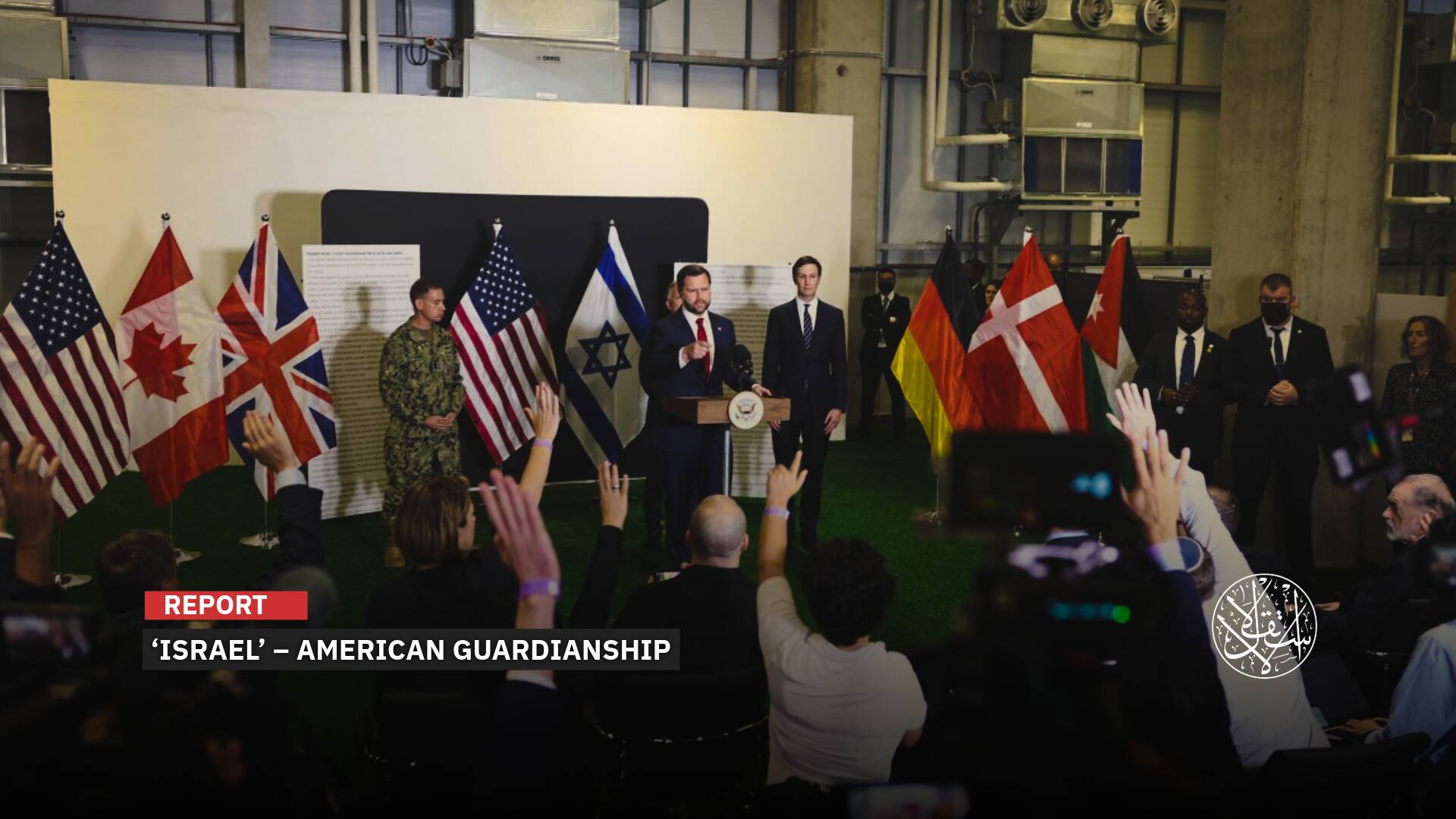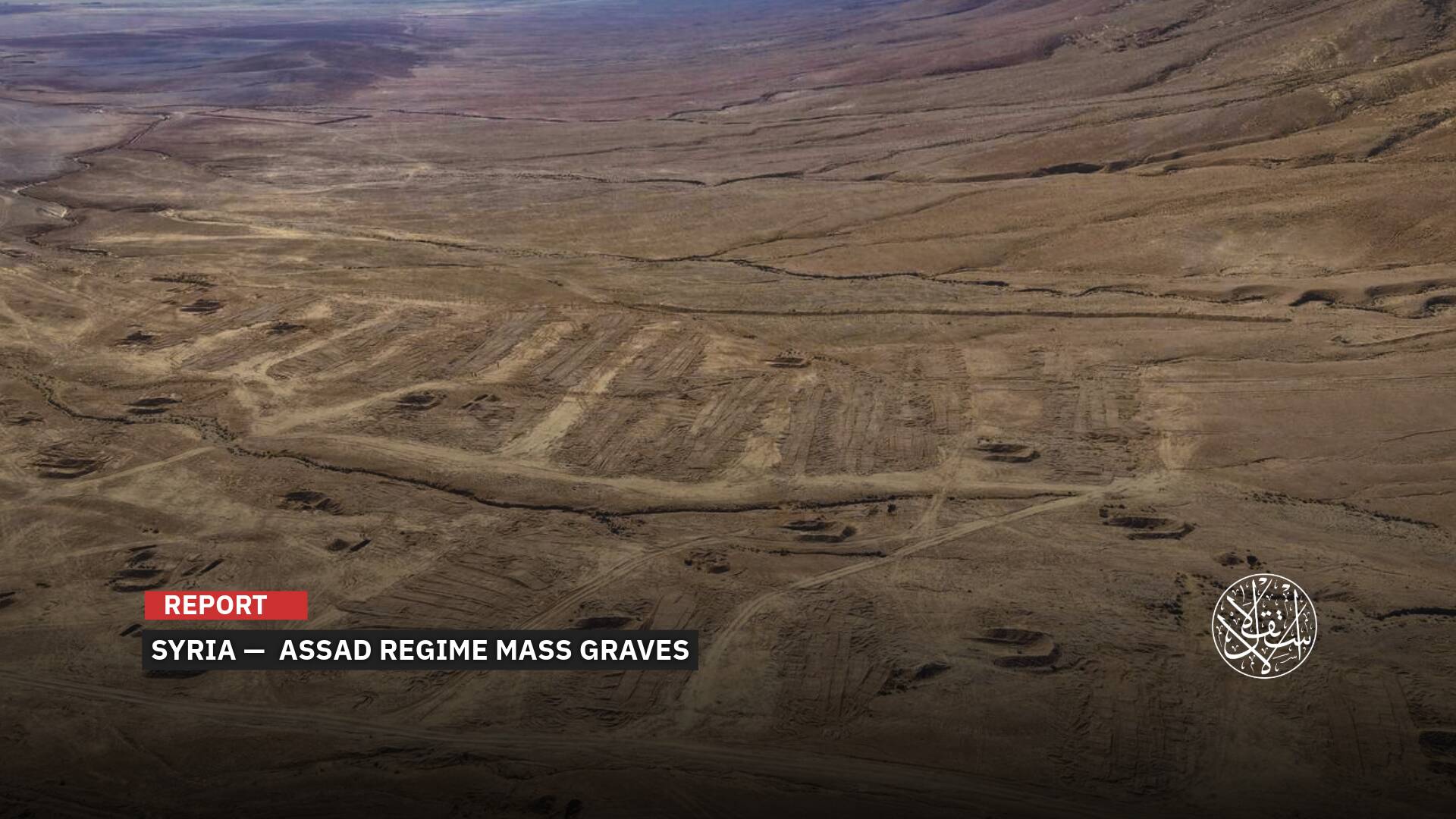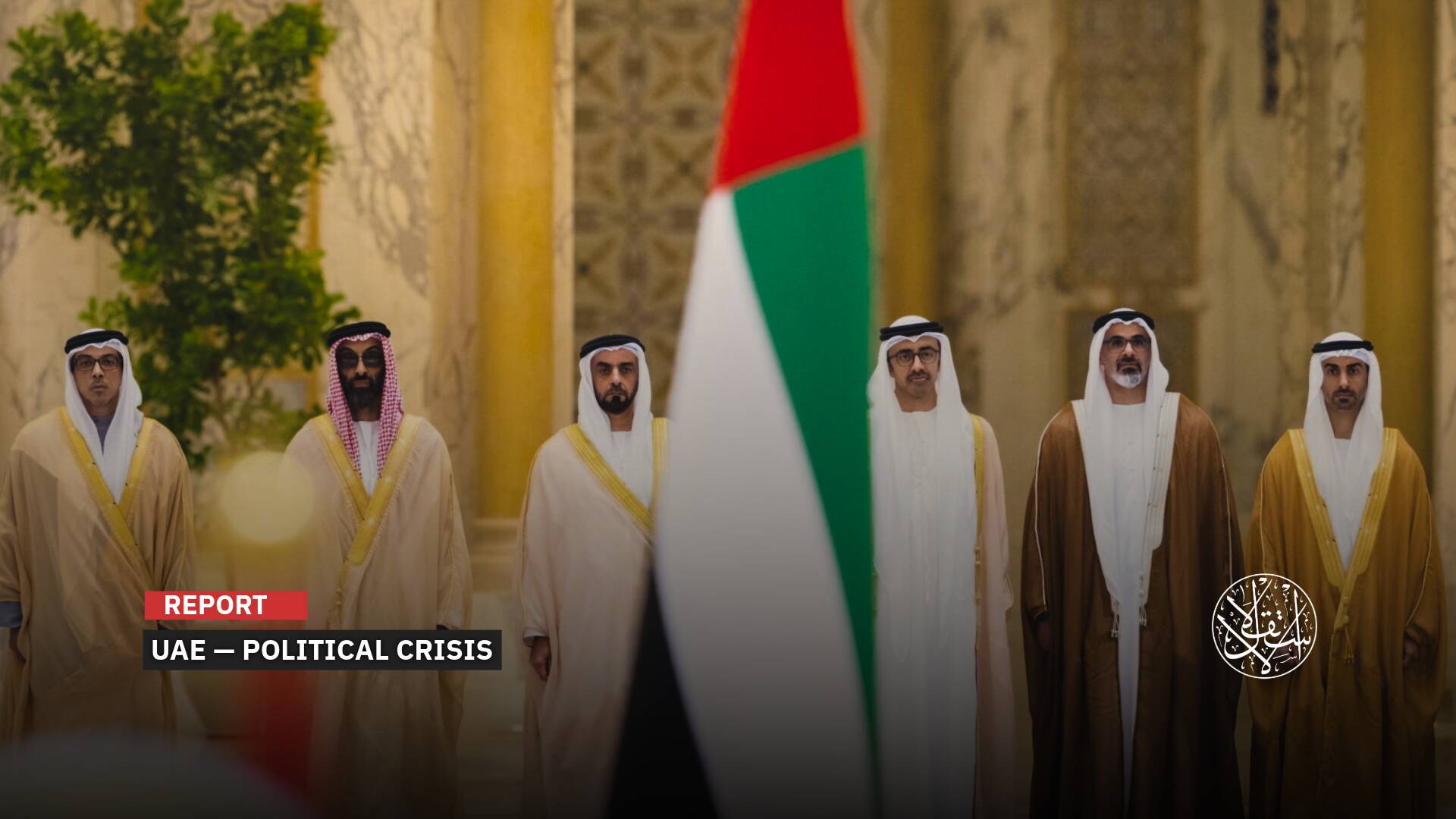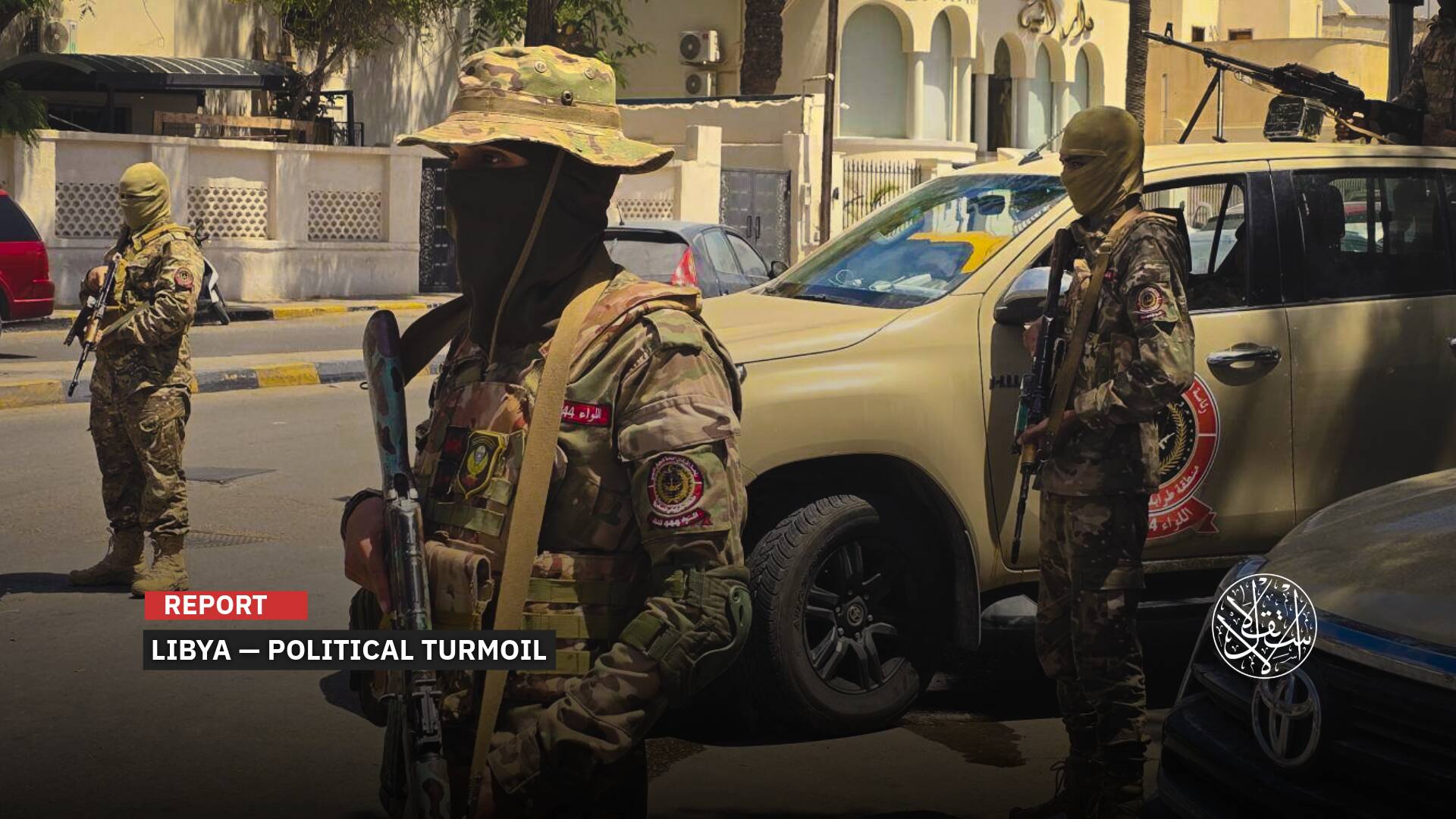How Did the Oil Artery Between the Areas of the SDF and Assad Survive Despite the U.S. Sanctions?

The oil relationship between the Syrian Regime and the US-backed Syrian Democratic Forces (SDF) is still strong, it is governed by a dual mechanism run by the so-called “brokers” and “smuggling whales”.
The SDF is one of the largest suppliers of oil and gas to Bashar al-Assad's Regime through bypass roads, far from international sanctions, especially the American Caesar Act, this means that the oil artery between them transcends all political differences.
This comes in light of the desire of the Syrian Regime after the SDF took control of 90% of the oil fields and 45% of gas production in Syria, in diversifying the sources of its oil resources, and reducing excessive dependence on Iranian and Russian support.

Oil Smuggling
But what seems clear is that the relationship of interests and gains between the Syrian Regime and SDF, the US Caesar Act of June 17, 2020, could not limit it, which is designed to punish supporters and dealers with the Regime.
This was confirmed by a new report by the opposition Syrian Network for Human Rights, that the SDF forces are still violating Caesar Act by continuing to pass oil and gas supplies to the Syrian Regime.
The report of the network issued on July 29, 2021 revealed that SDF supplies the Syrian Regime with approximately 6 million barrels of oil annually.
The Syrian network estimates that the SDF sells a barrel of crude oil to the Syrian Regime at approximately $30, i.e., with a daily revenue estimated at $420,000.
With a monthly revenue estimated at $12,600,000, and with an annual revenue estimated at $151,200,000, this is without adding gas revenues.
There are several ways for the SDF to provide the Syrian Regime with oil resources, most notably, through smuggling operations from the water crossings between the two banks of the Euphrates River.
Also, through the sale of oil by agents, brokers, and traders through land routes, which are the strongest and widest.
The Assad militias in Deir Ezzor depend on securing their fuel needs through purchases from traders who obtain contracts to include oil wells from the SDF for a limited period, in return for the latter receiving a sum of money.
Hussam Katerji, one of the most prominent warlords affiliated with the Assad family, who is sanctioned by the US Treasury, is considered one of the most famous and largest oil transport agents between the SDF and the Syrian Regime.
Katerji succeeded in recruiting more than 1,000 young men from the governorates of Deir ez-Zor and Raqqa, for $60 per month with a food basket, in order to accompany and protect oil tankers from wells.
Hundreds of tanks belonging to the Katerji Group are working around the clock to transport crude oil from the (Rmelan, and Al-Jabsa) fields in Al-Hasakah Governorate to the areas of the Syrian Regime, through the (Athreya – Raqqa) road.

Interests and Gains
In the face of these data, the researcher at the Omran Center for Strategic Studies, Muhammad Al-Abdullah, sees that: “The relationship between the Assad Regime and SDF over the past years is as close as possible to a relationship of interests governed by economic gains between the two parties.”
In a statement to “Al-Estiklal”, the researcher explained that “after taking control of the oil wells in the eastern region, the SDF needs markets to dispose of it, not caring about the importer of these oil shipments, whether to the Assad's areas or the opposition’s areas.”
He added, “The effectiveness of Caesar Act with regard to preventing the supply of oil to the Regime's areas is, on the surface, something that SDF pledges to abide by, but on the ground, the US administration realizes that it is impossible to achieve it for two reasons.”
The first is there is no real American desire to cut off the large financial revenues in favor of the SDF. The second is its inability to monitor and control the internal smuggling networks, whose methods and capabilities have developed in delivering oil shipments to any area inside Syria.
“Washington has not imposed such strict control until the present time on oil shipments, because they don't really want to stifle the Regime completely; Rather, through these shipments, it allows it to breathe, even at the minimum level that keeps it alive, in the hope of changing its behavior,” according to the researcher at the Omran Center.
But despite the apparent violation of Caesar Act in this part; However, the Syrian analyst and economic researcher Younis al-Karim points out that “there is an agreement between the Americans and the SDF, so that there is no violation of Caesar Act here.”
The economic researcher demonstrates his words in his speech to “Al-Estiklal” to that “the supply process takes place within Syria's geographical borders.”
Therefore, sanctions are imposed on import and export towards Syria and on remittances.” Pointing out that “Caesar Act is loose and can be circumvented.”

The Main Point of Contention
Al-Karim indicated that “the SDF depends on importing electricity from the areas of the Syrian Regime; Thus, it gives the latter oil and gas to obtain electricity.”
Here, “the SDF is obliged to sell part of its oil to the Regime, in order to obtain refined oil, because it does not have refineries capable of refining oil.”
Although Russia adopts mediation between the Syrian Regime and the SDF, it views the American presence in the northeast of the country as illegal and obstructs the two parties reaching an agreement.
The oil fields in the hands of the SDF remain the main point of contention between them, on which all negotiations revolve.
Therefore, any improvement in the relationship at the political level between the SDF and the Syrian Regime, the latter will be the beneficiary of it to fill its inability to secure oil derivatives in its areas of influence.
Especially since the YPG, the backbone of the SDF, controls 6 oil fields in Al-Hasakah governorate.
While the SDF forces control a number of oil fields on the left bank of the Euphrates River in Deir ez-Zor Governorate, the most famous of them is the Al-Omar oil field, the largest oil field in Syria in area and production.
It is worth noting here that all of these fields mentioned have US special forces to protect them, as part of the strategy of former US President Donald Trump on the nature of the presence of his country's forces in Syria.
The SDF does not reveal the volume of daily oil production of the fields it seizes.
However, Kurdish media sites suggest that the daily volume of oil production reaches 100,000 barrels per day, and it decreases according to the state of the technical wells, the abundance of their production and the lack of faults.
The Ministry of Oil in the Assad government confirms that the losses of the oil sector in Syria since 2011 amounted to $91.5 billion, according to what was reported by the local newspaper Al-Watan.
International reports indicate that Syria's oil reserves are about 0.14 in the world, by 300,000 barrels of daily production before 2011, but it decreased during the last ten years to 40,000 barrels.



